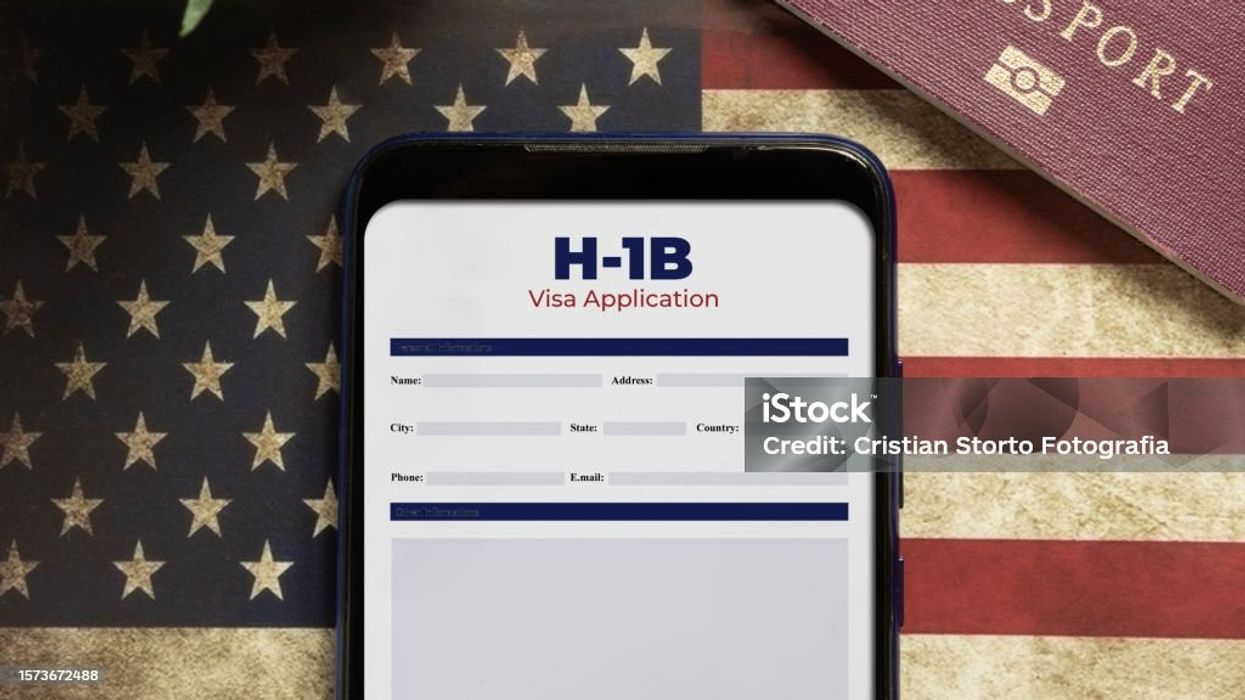ESSEX COUNTY have pleaded guilty to two charges of bringing cricket into disrepute over an alleged racist comment at a board meeting five years ago, a media report said.
Former chairman of the county John Faragher allegedly used a racial slur during a 2017 board meeting that the county failed to investigate, reported the MailOnline.
Essex have accepted 'beyond reasonable doubt' that Faragher made the comment that was then not properly investigated by the club, the report added.
According to the report, Faragher, still honorary vice-president, wishes to attend Essex's season opener. However, the county believes that will be a bad look and is trying to persuade him to stay away.
Faragher resigned last year when the allegation was made public but strongly denies making racist comments that led to those two charges from the ECB.
According to a Sportsmail report in March, the club had been found guilty for not reporting the incident in which Faragher was alleged to have used the phrase 'n***** in the woodpile' during a board meeting in 2017.
Now he wants to attend the opening County Championship match at Chelmsford against Kent on Thursday (7).
The report revealed that Faragher had insisted to watch the game from the committee room at Chelmsford because he is still an honorary vice-president of the club.
Recently, former Essex cricketers Maurice Chambers, Zoheb Sharif and Jahid Ahmed have also alleged they experienced racism during their time at the club.
Sharif was widely known as 'Bomber' at Essex and the nickname was included in his profile in The Cricketers Who's Who in 2002 just months after the 9/11 terrorist attacks on New York.
Sharif, whose parents were born in Pakistan, played for Essex between 2001 and 2004.
"It was a day after the September 11 attacks. People started calling me 'bomber'. It was normal to be called 'curry muncher. I didn't say anything at the time. I was a teenager in a dressing room with big characters," he said in last November.
"To them it was banter. To me, it wasn't, but you don't want to do anything to block your chance of getting into the first team."
Ahmed, who bowled for Essex from 2005 to 2009, said that he was bullied by a senior coach and that his accent was mocked by players and some members of the coaching staff.
The club became the second county after Yorkshire to set up an independent inquiry into allegations of racism and in November appointed Katharine Newton QC to oversee it.
And they could face further charges once Newton's investigation and that of the ECB into the allegations of the players are complete.
The issue of racism in English cricket was blown wide open by claims of racism faced by another former county player, Azeem Rafiq, while playing for Yorkshire, which led to an exodus of sponsors and several top executives resigning.













